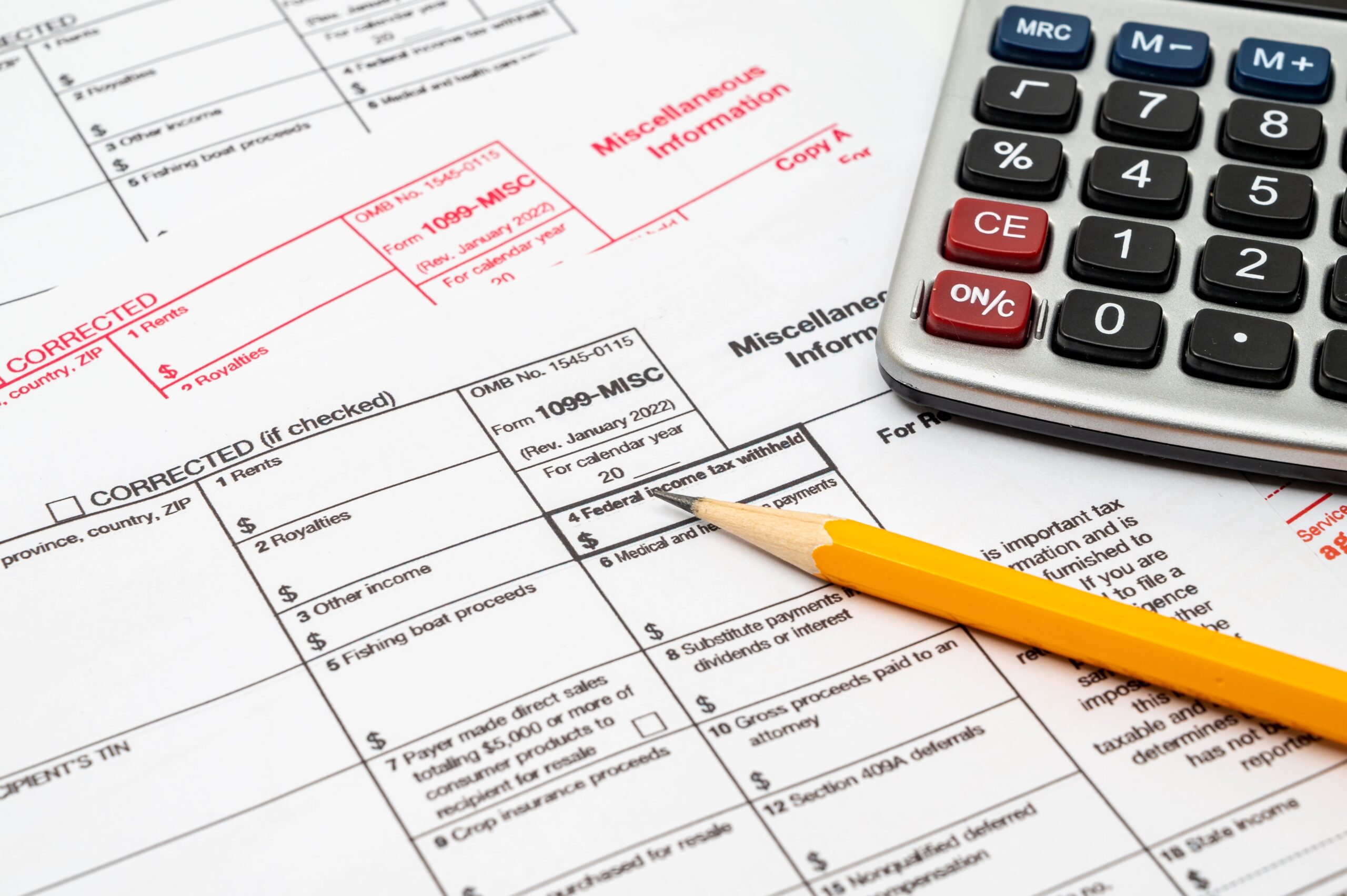
Documents generated by your custodian that you will need to prepare your tax return.
This time of year, our real and virtual mailboxes receive tax documents from custodians that reflect activity from the prior year. 1099, 5498, 1042….cryptic numbers that don’t give you any clues as to what they represent. But it’s important to understand what they are and what you need to do with them. Here’s a list to help you get ahead of the curve this tax season:
1099 forms
In general, 1099 forms report income other than wages. There are several types of 1099s. As an investor, you might receive these forms:
- 1099-B reports capital gains and losses.
- 1099-DIV reports dividend income and capital gains distributions.
- 1099-INT reports interest income.
- 1099-R reports distributions from retirement accounts, including rollovers, Roth conversions, and qualified charitable distributions.
Other types of 1099 forms are less common, but you might receive them if you invest in certain securities or accounts, take distributions from an HSA or 529, or perform freelance work. These include:
- 1099-MISC reports substitute payments in lieu of dividends. Also generated by employers for whom you have done contract or freelance work.
- 1099-OID reports any original issue discount (OID) from debt obligations, including Treasury Inflation-Protected Securities (TIPS).
- 1099-Q reports distributions, including transfers to another financial institution, from education savings accounts (ESAs) and 529 accounts.
- 1099-SA reports distributions from an HSA.
Other common forms
- Form 5498 includes information about contributions (including rollovers) to traditional IRAs, Roth IRAs (including Roth conversions), SEP IRAs, and SIMPLE IRAs. Usually issued by late spring and not needed to complete your tax return.
- Form 5498-ESA includes information about contributions to education savings accounts (ESAs).
- Form 1042-S reports information about investment income and distributions for accounts owned by nonresident aliens.
- K-1 reports income from a partnership, including investments organized as partnerships.
Tax documents are generated based on the type of account you have, and you will only receive the form(s) applicable to your financial situation. HTG clients can find Fidelity and Schwab tax documents in the statements folder of their BlackDiamond vault.
Didn’t get any tax documents? Here are the most common reasons why:
- The amount of reportable income was not enough to trigger a tax form.
- There weren’t transactions in the account generating reportable income.
- The account type is not subject to tax reporting by the custodian.
As these documents become available, forward them to your tax preparer in a secure manner. Most preparers now use online vaults for exchanging sensitive information. If you file your own taxes, keep the forms organized in a safe place for when you are ready to start. Keep your completed tax return and supporting documents for at least seven years.